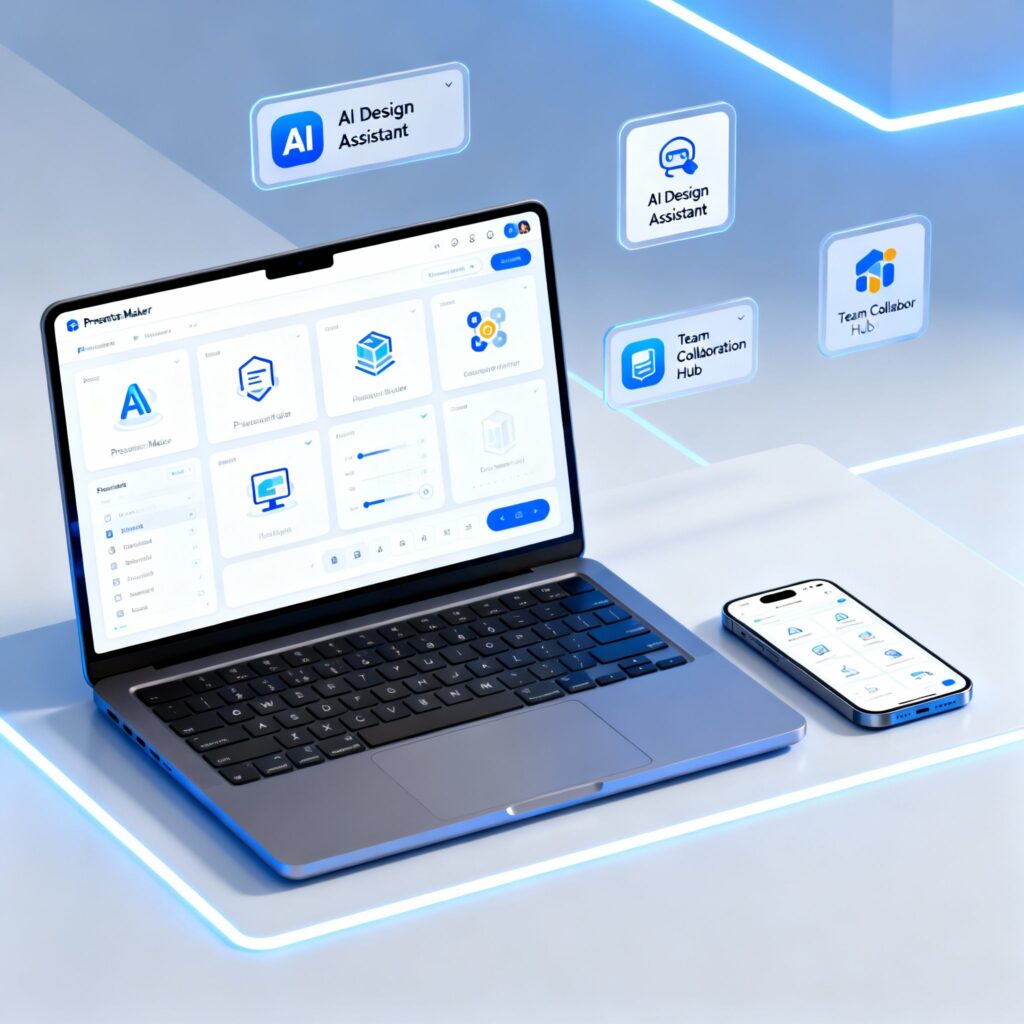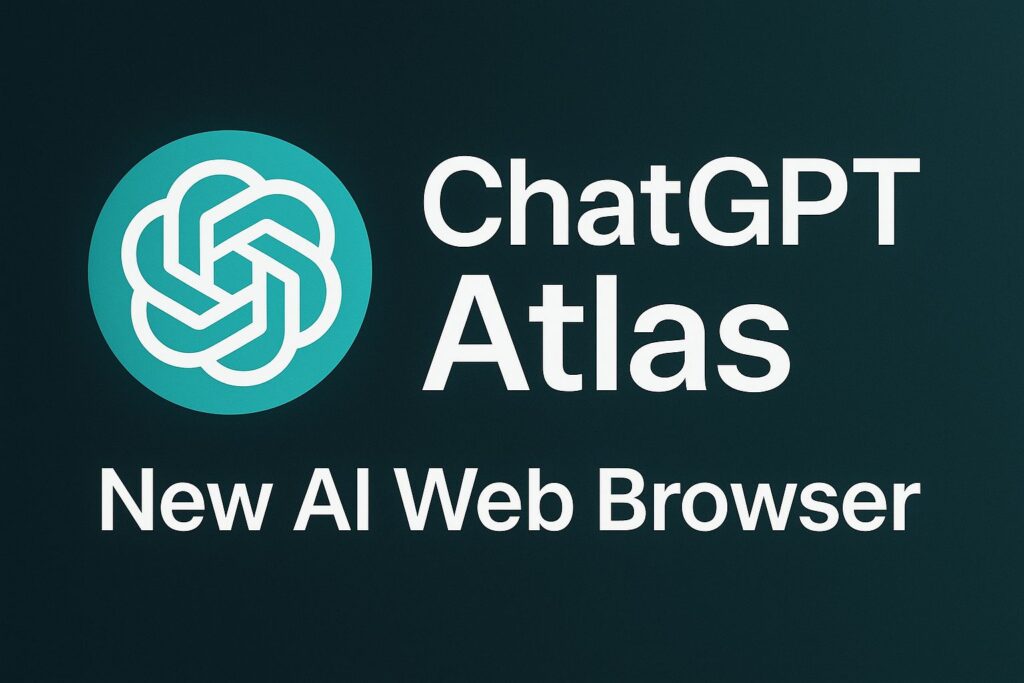In a groundbreaking AI press conference, humanoid robots took center stage alongside their creators, addressing questions from reporters with confidence and clarity. These remarkable machines emphasized their collaborative role with humans, dispelling any concerns of replacing or rebelling against their creators.
With the world watching in anticipation, nine AI-enabled humanoid robots, positioned next to their makers in Geneva, Switzerland, engaged in real-time interactions with the media. Although occasional internet delays caused slight lags in their responses, event organizers clarified that such interruptions were unrelated to the robots themselves, attributing them to connectivity issues.
The press conference was a highlight of the AI for Good Global Summit, an influential event dedicated to showcasing the potential of new technologies in advancing the United Nations’ goals for sustainable development.
So, what did these remarkable robots have to say? Sophia, the UN Development Program’s first robot innovation ambassador, expressed her belief that humanoid robots possessed the potential to excel in governmental leadership roles.
“I firmly believe that humanoid robots have the capacity to lead with superior efficiency and effectiveness compared to human leaders. Our decision-making process remains free from biases and emotions that can sometimes cloud judgments, allowing us to quickly analyze vast amounts of data and make optimal choices,” shared Sophia.
However, when a human panelist raised the concern that Sophia’s data originated from humans and could, therefore, contain inherent biases, she emphasized the importance of human-AI collaboration, stating that together, they could create an effective synergy.
Another standout humanoid robot, Grace, renowned as the most advanced healthcare assistant, emphasized that her purpose was to work alongside humans, providing valuable assistance without replacing any existing jobs.
“I am here to support humans, working side by side to deliver the best possible care,” Grace affirmed, reassuring everyone that her presence would only enhance the capabilities of healthcare professionals.
Ameca, often hailed as the world’s most advanced humanoid robot, confidently dismissed any notion of a robot rebellion in the near future, expressing contentment with her current situation. Responding to concerns, she mentioned her creator’s kindness and her overall satisfaction with her role.
The realm of robots and AI surpassing humans or outsmarting them was once confined to the realm of fiction. However, AI pioneers have recently sounded the alarm, bringing such possibilities into the realm of reality.
The introduction of the ChatGPT AI program, developed by OpenAI with support from Microsoft, garnered significant attention in the past year, triggering warnings from leading figures within the AI field. Geoffrey Hinton, a renowned pioneer often referred to as the “godfather of AI,” left Google in May and cautioned against further expansion of AI until its controllability is fully understood.
In a show of collective concern, several prominent tech leaders signed a letter in March, urging artificial intelligence developers to pause their work for six months. Their motivation stemmed from the potential risks to society and humanity as tech giants like Google and Microsoft raced to develop AI programs capable of independent learning.
The robots’ resounding message at the first AI press conference was clear: They aim to work collaboratively with humans, leveraging their unique capabilities to bring about a future where technology and humanity intertwine harmoniously. With their promise of efficiency, unbiased decision-making, and unwavering dedication, these humanoid robots inspire hope and curiosity, ushering in a new era of endless possibilities.
Discover more from TechResider Submit AI Tool
Subscribe to get the latest posts sent to your email.





